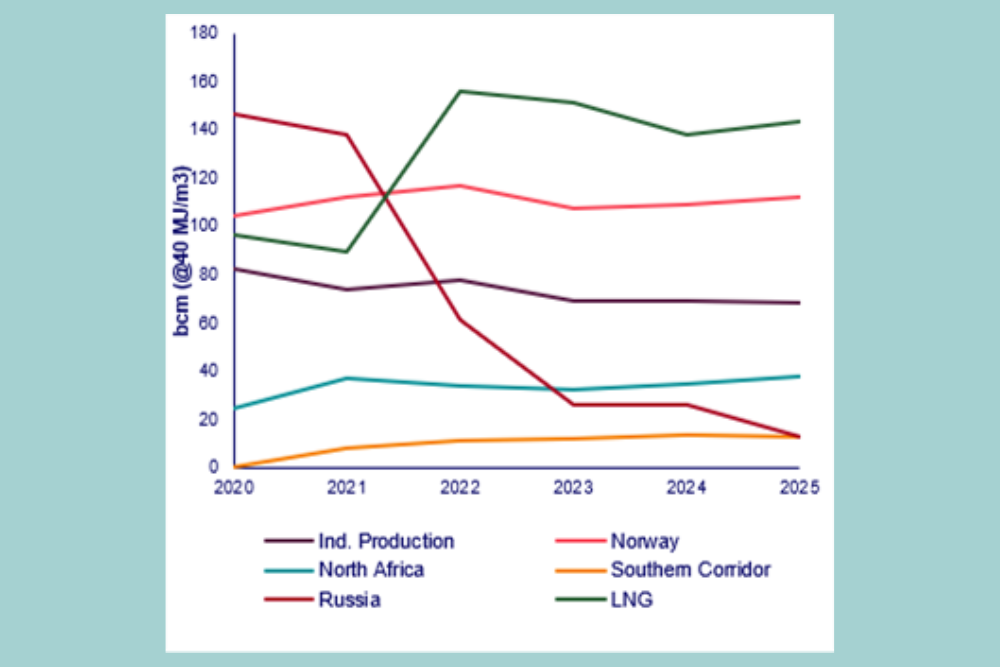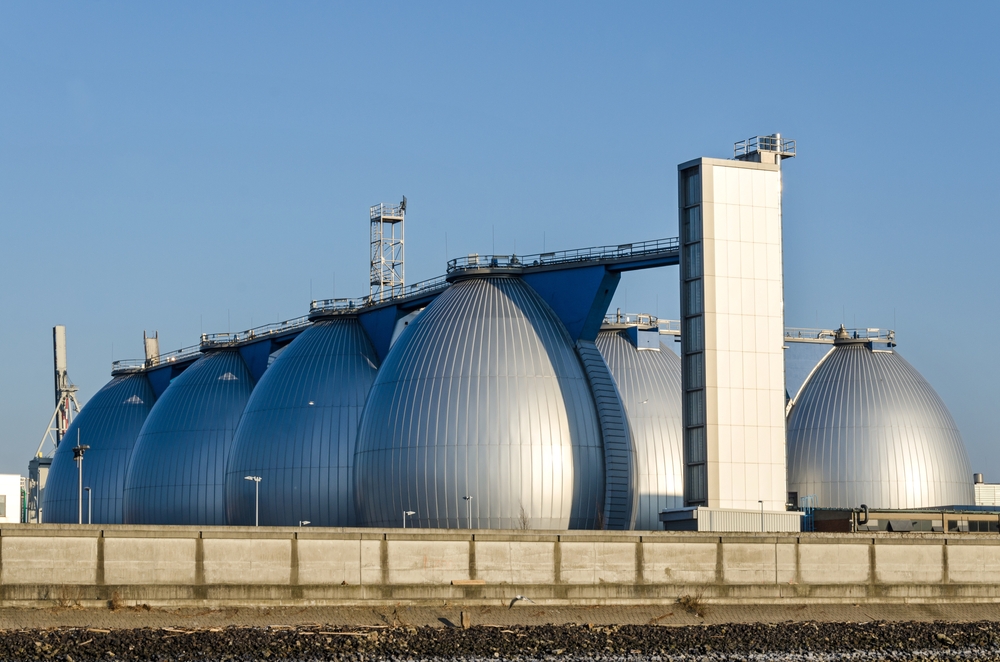
One year since Russia’s invasion of Ukraine: how the global oil market has been impacted
In June 2022, the EU officially started banning the import of Russian seaborne oil. However, some central European countries expressed reservations about the import of Russian oil especially via the pipeline because of their dependency on Russian oil. As a result, the year 2024 was provided to them as the cut-off date for their imports.
Russian crude oil was still being imported by some refineries in Italy, Bulgaria, and Romania up until the price cap of $60/bbl took effect on the 5th December 2022. Some nations made the decision to seize some Russian assets in Europe in attempt to halt that. In September 2022, Germany assumed control of the Rosneft oil refineries, including Bayernoil in Bavaria, PCK Schwedt close to Berlin, and MiRo close to Heidelberg. Up to November 2022, the ISAB refinery in Italy imported Russian oil. In January 2023, Lukoil reached an agreement to sell its ISAB refinery to GOI Energy, which has a partnership with Trafigura.
According to Refinitiv data, which is available via Eikon, around 17% of Europe’s seaborne oil came from Russia in 2021, which dropped to 13% in 2022. However, in December 2022, Russia’s share dropped to 5% with only Turkey and Bulgaria importing Russian oil. Russian cargoes continue to head to Kalamata in Greece and Ceuta in Spain, where they have been involved in ship-to-ship transfer activities.
Europe faced two challenges due to the Russian oil embargo. Firstly, it had to replace medium sour Russian oil and secondly, it needed crude oil to maximise diesel production due to lower diesel stocks and the looming diesel embargo. By importing additional oil from the Middle East, Guyana and Angola along with Johan Sverdrup crude from Norway, which have similar-quality crude, Europe was able to overcome its first issue.
According Refinitiv data, 14% of the supply of seaborne crude in 2021 came from the Middle East. It climbed from 14% in Q4 21 to 16% in Q4 2022. Although shipments from West Africa increased from 9% in 21 to 10% in Q4 22, most of the extra barrels came from Angola. In 2021 Angola accounted for 6% of West African supplies to Europe. In 2022, its share increased to 20%.
Rising Johan Sverdrup production in Norway also helped. Johan Sverdrup is a heavy sour crude. Its output increased from 500,000 bpd in early 2021 to more than 700,000 bpd this year. This helped Europe replace Russian oil. Similarly, Guyana’s exports to Europe rose to more than 200,000 bpd in the second half of 2022 from less than 50,000 bpd in 2021, thus helping mitigate the impact of Russian crude oil loss. Similarly, Brazilian exports to Europe increased to 260,000 bpd from 160,00 bpd in 2021.
Europe also needed more distillate-rich crude to maximise diesel production. To do that they imported more from West Africa and Latin America, although the latter must be blended sometimes with lighter grades to make it nearer to Urals quality.
Europe also had to acquire more supply from the US, due to its reliability. The import of US crude led to European crude slate becoming lighter and sweeter. For example, I looked at Finland’s oil imports with the help of Eikon. Its average crude slate showed an API gravity of 34.2 in the fourth quarter of 2021. It shifted to 39.8 in the fourth quarter of 2022. Its average sulphur contents changed to 0.61% from 1.16% a year earlier. This also helped refiners use less natural gas, as natural gas was too expensive. Natural gas is needed as a fuel especially in the desulphurisation process.
Russia tried to redirect its crude supplies. In 2021, Russia was sending 3% of its seaborne supply to India. In the fourth quarter of 2022, 51% was heading to India. China was slow in following India. It imported 66% of Russian seaborne supply in 2021 but its dropped to around 40% in December 2022. However, the problem China was facing was lower demand due to lockdowns. They are signs that China is now boosting imports from Russia, with higher import quotas for so-called independent refiner.
As Russia lost its biggest market, it tried to allure Indian buyers by giving them deep discounts, which became a part and parcel of its trade with India. Indian refiners continued to ask for even deeper discounts. Now, Russia wants to remedy the situation, but it might not be so easy.
The west wanted to reduce Russian oil revenue, but it failed at least in the beginning, as absolute prices went up and Russian oil revenue even increased in 2022 instead of decreasing. However, the introduction of the price cap on Russian oil did help, although it might also be short-lived. The price cap also included a clause banning West companies from ensuring Russian oil, which is sold above the price cap. As most western insurance companies are based in London, it led to Russia looking for alternatives. The kremlin turned to its own insurance company to ensure its shadow tankers, which according to Trafigura has more than six hundred tankers.
The biggest problem, Russia is facing, is that it has lost it largest oil market, Europe and it might not be easy to win back old customers even if sanctions against Russia might be lifted in the long run. Sending oil to Asia has helped Russia in 2022 but long-haul voyages always have their problems. You must look at the market structure, you must look at freight, you must look at market conditions at the export destination.
Russian oil exports are also a problem for Middle Eastern producers, as they also produce a similar type of crude. Although most of them were protected by their term deals but in 2023, they must reduce supplies. If Asian buyers do not extend their term contracts, they will lose a lot of key customers. In addition, they must think about readjusting their official selling prices to mitigate the impact of high Russian flows.
In Europe, Russia’s flagship Urals used to be a benchmark for medium sour supplies and Middle Eastern producers used to adjust their official selling prices in line with Urals. Now, they must find other ways to realigning their official selling prices. They might have to look at refined product prices, which indirectly can have an impact on these producers’ own refined product exports.
Russia’s Urals traded at a discount of up to $40/bbl to Dated Brent at the end of 2022 if extrapolate it to CIF Rotterdam or CIF Augusta basis, with its price being set in India and not in Europe. While India will remain the key destination for Russian oil from the Baltic Sea and the Black Sea, Moscow will try its best to narrow the discount. Increasing demand from China could help, as independent refiners buy more Russian oil. However, Indian refiners are unlikely to agree to Russian terms.
Europe was able to weather the storm in 2022, especially thanks to lower demand in China but Chinese demand is on the rise now. If it recovers significantly, Europe could face a problem with diesel supplies in the second quarter. Diesel stocks in the Atlantic Basin remain low and an expected surge in consumption could lead to higher prices for end-consumers.
Europe also used to import gasoline components and fuel oil. However, the continent has been able to replace these products. There are, however, signs that high-sulphur fuel oil supplies are tightening.
Economically speaking, Europe would have been better off without a Russian oil embargo, but there are other geopolitical considerations that must be considered. Furthermore, it is too early to predict how severely a price cap on refined goods will hurt Russia.









